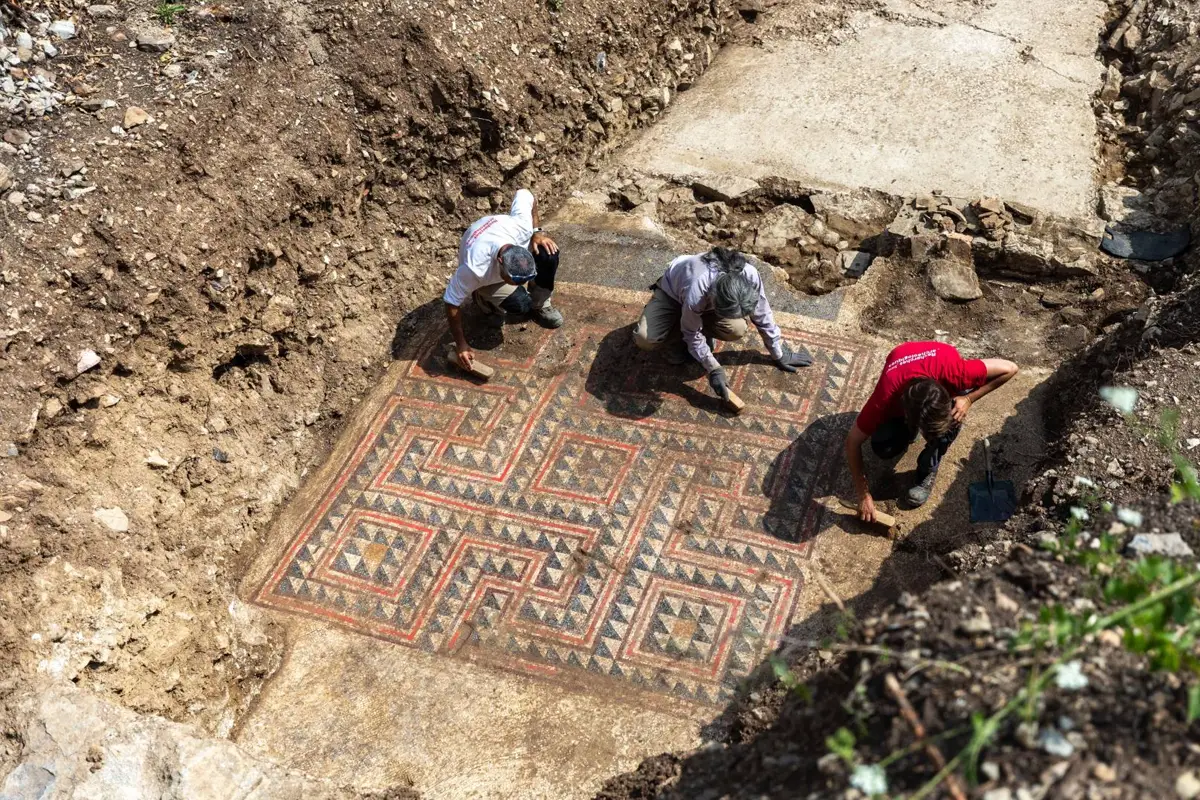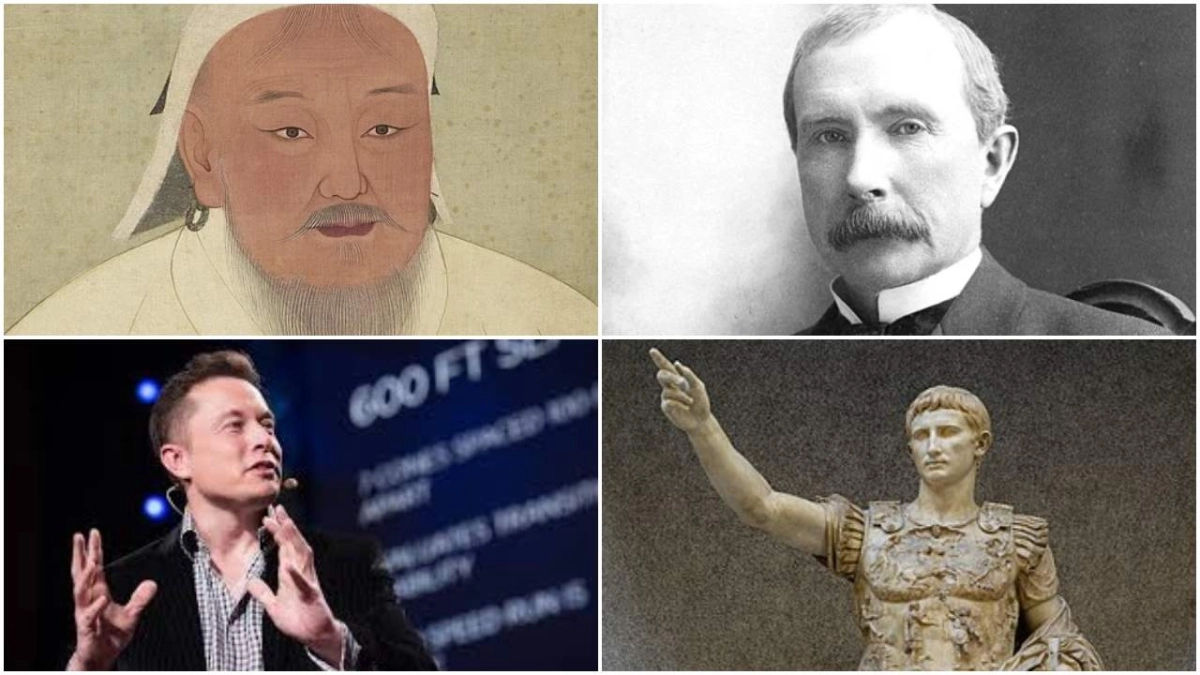The Middle Kingdom fortresses built by the Egyptians in Nubia, particularly near the Second Cataract of the Nile, represent one of the most significant architectural and strategic achievements of this era. These structures, traditionally interpreted as military installations, served a complex range of functions that extended beyond mere defense. Scholars have debated whether these fortresses were primarily defensive in nature, symbolic representations of Egyptian power, or a combination of both. This article explores the origins, design, and purposes of these fortresses, considering their role within the broader context of Egyptian imperialism and their impact on the region.
The Indigenous Populations of Nubia
During the Middle Kingdom, the Nile Valley in Nubia was home to various indigenous communities that had long inhabited the region. These groups, primarily pastoralists, lived along the riverbanks, utilizing the fertile land for agriculture and livestock rearing. Archaeological evidence indicates that these populations maintained some degree of contact with Egypt, as seen in the occasional Egyptian goods found in their settlements and burial sites. However, these interactions were likely limited and largely peaceful, with trade and cultural exchanges occurring sporadically.
The population in Lower Nubia during this period was relatively small and scattered, with communities concentrated around key areas along the Nile. These groups relied on a subsistence economy with a focus on agriculture and pastoralism, supplemented by trade with both Egypt and other Nubian regions further south. Despite their proximity to Egypt, there is little evidence to suggest that these populations posed any significant military threat to the powerful Egyptian state.
Given the limited military capabilities of these Nubian communities, the construction of the massive fortresses by the Egyptians raises questions about their true purpose. While the fortresses could have served to monitor and control the movement of people and goods along the Nile, their size and complexity suggest that they were intended to project Egyptian power and influence over the region. This interpretation supports the view that the fortresses were, at least in part, monumental in nature, serving as symbols of Egyptian dominance rather than solely as defensive structures.
The 12th Dynasty Pharaohs and Nubian Relations
The 12th Dynasty of Egypt, particularly under the reigns of Pharaohs like Senusret I, Amenemhat II, and Senusret III, marked a period of renewed interest in Nubia. These pharaohs sought to secure and expand Egypt’s southern frontier, which led to the construction of the fortresses along the Second Cataract. Senusret III, in particular, is noted for his military campaigns in Nubia, aimed at subjugating local populations and securing control over vital trade routes and resources.
The fortresses built during this time were part of a broader strategy to exert Egyptian influence over Nubia. Inscriptions from the reign of Senusret III, such as those found on stelae at Semna, reveal a clear intention to prevent the movement of Nubians northward into Egyptian territory unless they were engaged in trade or other approved activities. This suggests that the fortresses were intended not only to defend against potential invasions but also to regulate and control the flow of goods and people between Nubia and Egypt.
Despite these military undertones, there is a strong argument that the fortresses also served a symbolic purpose. The rigid design and monumental scale of these structures reflect the Egyptian state's desire to project its power and control over the region. The fortresses were not merely functional military installations but also statements of Egypt's dominance, serving as a reminder to both the Nubians and any potential rivals of the might of the Egyptian Pharaohs.
The Fortresses as Monuments
The Middle Kingdom fortresses in Nubia are notable not only for their scale but also for their architectural uniformity and grandeur. These structures were built following a rigid design canon, characterized by thick mud-brick walls, bastions, and strategically placed loopholes and towers. The fortresses varied in size and shape depending on their location, but all shared a common purpose: to assert Egyptian control over Nubia.
The architectural features of the fortresses, such as the formal symmetry of bastions and embrasures, suggest that they were designed with more than just military defense in mind. In many ways, the fortresses resemble other monumental structures of ancient Egypt, such as temples and pyramids, which were built to reflect the power and authority of the Pharaohs. The fortresses, therefore, can be seen as a form of self-expression for the militaristic civilization of Egypt's Middle Kingdom, much like the pyramids were for the Old Kingdom.
Moreover, the continuous aggrandizement of the fortresses throughout their history indicates that they were seen as ongoing projects meant to be continually improved and expanded upon. This suggests that their primary purpose was not simply to respond to immediate military threats but to serve as enduring symbols of Egyptian dominance. The fact that they were built in Nubia rather than in Egypt may have been an accident of circumstance, but it did not detract from their symbolic function. The fortresses stood as a testament to Egypt's imperial ambitions and its ability to exert control over distant lands.
The Labor and Resources Behind the Fortresses
The construction of the Middle Kingdom fortresses in Nubia was a massive undertaking, requiring a significant labor force and considerable resources. The sheer scale of these projects suggests that they could not have been completed without the full backing of the royal administration. The coordination and organization necessary to build these fortresses point to a highly centralized state with the ability to mobilize and sustain large workforces over extended periods.
The workforce needed to construct these fortresses likely numbered in the thousands. Skilled laborers, architects, and artisans would have been required to design and build the complex structures, while unskilled laborers provided the necessary manpower. The similarities in design across the different fortresses suggest that they were built according to a common plan, likely overseen by a single architect or group of architects working under the direct supervision of the Pharaoh.
The resources required for the construction of the fortresses would have been substantial. Large quantities of mud brick, timber, and other building materials would have had to be transported to the construction sites, often over long distances. The logistical challenges involved in supplying these materials, as well as food and other necessities for the workers, would have required careful planning and coordination. The successful completion of the fortresses is a testament to the organizational capabilities of the Middle Kingdom state.
The Military Challenge and the Role of the Fortresses
While the fortresses were undoubtedly symbolic, their military function cannot be entirely dismissed. The location of the fortresses along the Second Cataract, a naturally defensible area, suggests that they were intended to serve as a barrier against potential threats from the south. The construction of these fortresses was likely a response to the growing power of the Kingdom of Kush, centered around Kerma, which posed a significant challenge to Egyptian dominance in Nubia.
The Kingdom of Kush, located further south along the Nile, was a formidable adversary. By the time of Senusret III, the Kushites were expanding their influence northward, threatening Egyptian interests in the region. The fortresses, therefore, may have been built not only as symbols of Egyptian power but also as strategic military installations designed to protect against Kushite incursions.
However, the massive scale of the fortresses raises questions about the nature of the military threat they were designed to counter. The fortresses were much larger and more elaborate than would have been necessary to defend against the relatively small and dispersed populations in Nubia. This suggests that the primary purpose of the fortresses may have been to project power and control rather than to respond to an immediate military threat. The fortresses served as both defensive structures and deterrents, warning potential aggressors of the might of the Egyptian state.
Conclusions
The Middle Kingdom fortresses in Nubia are a testament to the complex interplay of military, economic, and symbolic factors that characterized Egyptian imperialism during this period. While these structures were undoubtedly designed with defense in mind, their monumental scale and uniformity suggest that they were also intended to serve as enduring symbols of Egyptian power. The fortresses were built not only to protect Egypt's southern frontier but also to assert control over Nubia and project the Pharaoh's authority far beyond the borders of Egypt.
In the end, the fortresses served multiple purposes: they were military installations, trade control centers, and, most importantly, monuments to the might of the Egyptian state. Their construction required significant resources and labor, underscoring the centralized power of the Middle Kingdom Pharaohs. While the military threat from the Kingdom of Kush may have been a factor in their construction, the fortresses were primarily symbols of Egypt's imperial ambitions, standing as a reminder of the state's ability to dominate and control even the most distant regions.













